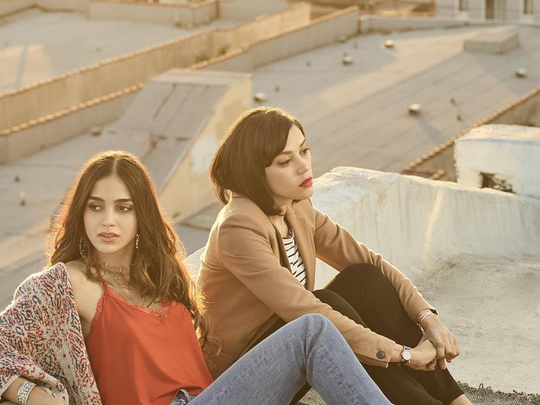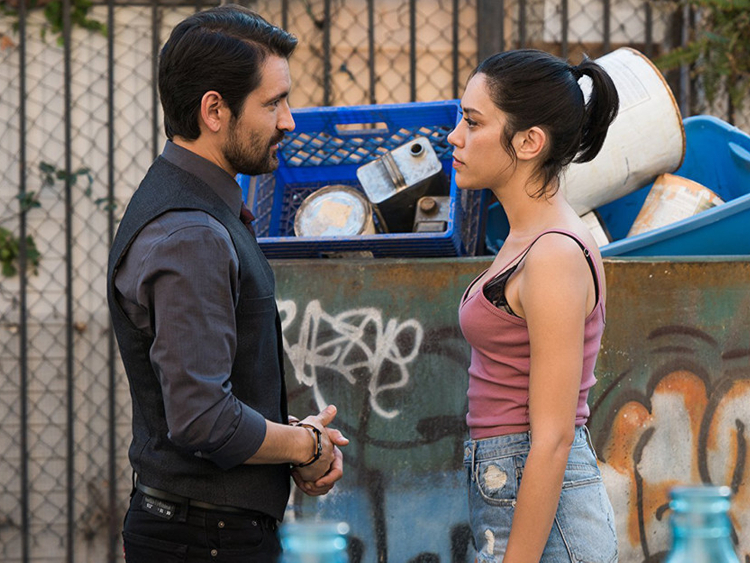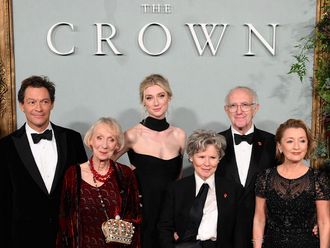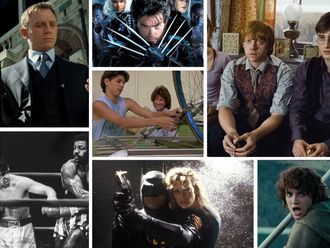
Los Angeles: When the drama Vida landed on the Starz network in May, it generated plenty of expectation. For one, there was the story of two estranged Mexican American sisters coping with their mother’s death amid the creeping changes of the Latino neighbourhood they grew up in. And the show was led by a Latina showrunner (Tanya Saracho) and an almost all-Latina writer’s room on an English-language television network, an event bordering on the historic.
“We don’t get a lot of chances to tell our complicated narratives,” Saracho told The Los Angeles Times upon the show’s debut. “I feel like progress will be made in the landscape of Latino influence when we get to tell those murky, real close-to-life narratives.”
Those complex narratives are likely why Vida was renewed for a second season. The show tells the story of career-focused lawyer Emma (played by Mishel Prada) and her flaky younger sister, Lyn (Melissa Barrera), who come together to deal with their mother’s personal effects in the wake of her death. This includes a debt-ridden bar that is minutes away from falling into the hands of an unscrupulous real estate prospector, the fact that mum never told her daughters she was a lesbian and that, incidentally, she had a wife (who owns a third of the bar).
The show has provided plenty to talk about. There is lots of conflict and sex. Plus, it is set in Boyle Heights, the historic Eastside neighbourhood that has been the site of highly visible clashes over gentrification. But more significant, Vida is the ultimate Los Angeles show — one in which Hollywood sheds its misperceptions about Los Angeles (that we’re all bikini blondes and palm trees) in favour of portraying a more textured view of the city — in this case, a view that is resolutely Latina.
Los Angeles Times editorial assistant and Calendar contributor Vera Castaneda and I have had regular, gossipy Vida debriefs on Slack and in person after the airing of each episode. Recently, we got together for a more formal email exchange to discuss what resonated — and what we’d like to see further developed in Season 2.
Carolina Miranda
I wanted to start with the story lines that Vida rips straight from the headlines — namely around the issue of gentrification. This is frequently addressed through the character of Mari (engagingly played by Chelsea Rendon), who is a member of an anti-gentrification group called Los Vigilantes de Los Angeles (which seems modelled on groups such as Defend Boyle Heights).
There is a scene in the second episode in which you see Mari railing against “gentrification fence,” the horizontal wood slat fences that have become an architectural symbol of gentrification. In that same episode, Mari spray-paints graffiti with an expletive directed toward “white art” on a gallery in Boyle Heights. This was all shot within view of Nicodim, the Boyle Heights art gallery where this really happened in 2016.
You were raised in Boyle Heights and currently live there. I’m curious to know how the show reads to you.
Vera Castaneda
I approach any material that name-checks Boyle Heights with anticipation and wariness. Television and movies so often miss the mark and slide into cliches. (I’m thinking of you, Lowriders.)
The show offers some compelling glimpses of Boyle Heights. There are scenes of characters buying fruit, tamales and chamoyadas (shaved ice) from street vendors. There’s a scene when they are removing the bar’s geisha signage that hints at Boyle Heights’ history — the wave of Japanese Americans who lived in the area before being sent to internment camps in the ‘40s. And there is the bar itself, which is reminiscent of Redz, an important lesbian bar from the ‘50s that was located on 1st Street. (It closed in 2015 but reopened last year as Redz Angelz.)
Still, Vida falls short of moving past the standard filming locations of Evergreen Cemetery, Mariachi Plaza and 1st Street. Large chunks of the show were shot in Pico-Union, and there are reasons for that.
In a KCRW interview, Saracho explained that during a two-day pilot shoot in Boyle Heights, there were protests and she was called a “white-tina” (something she ended up working into the script). As she told KCRW: “We filmed what we had to quickly to respect their opinion because they are right. It does become this big force when Hollywood arrives in these neighbourhoods.”
Unfortunately, the change in location is a missed opportunity for a show that pulls so much from Boyle Heights and is all about losing a sense of place. It doesn’t offer the neighbourhood a cinematic chance to be seen in as much complexity as the women in the story.
Don’t miss it
The first season of Vida is now streaming on Starz Play.















